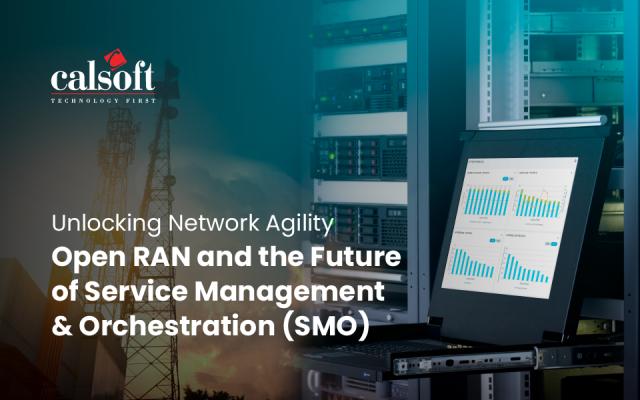SASE (secure access service edge), pronounced “Sassy”, is the newest buzzword in the network security space and has interesting origins. Global research and advisory firm Gartner coined the acronym in its report titled “The Future of Network Security Is in the Cloud”.
The report says, “The enterprise data center is no longer the center of access requirements for users and devices.” Businesses use other increasingly popular data stores & servers, including public clouds and edge locations such as branch offices.
Joe Skorupa, the author of the report and analyst at Gartner, underlines this concern. He says that even though software-defined wide-area networking (SD-WAN) was becoming incredibly popular, it was still vulnerable to security breaches in the WAN, leading to the “rethinking of security.”
What SASE is
In the earlier iterations of SD-WAN, WAN security was slightly compromised. This prompted the authors of the Gartner report to envision a solution that combined SD-WAN and security.
SASE resolves this concern. It is driven by SD-WAN, but includes more capabilities such as a secure web gateway (SWG), cloud access security broker (CASB), domain name system (DNS), data loss prevention (DLP), firewall-as-a-service (FWaaS), and remote browser isolation capabilities, into a single, cloud-delivered service model.
Essentially, a SASE architecture identifies and records entities such as users or devices, determines & applies the relevant policy-based security, and then provides secure access to the application or data. This approach enables businesses to enforce their security protocols and provide secure access irrespective of user & device location or server & network type.
Understanding SASE and its rising demand
Traditional network approaches and technologies don’t make the cut anymore. The nature of security and access control that digital organizations need has changed. Businesses now demand continuous, uninterrupted access for their users, irrespective of location. The coronavirus pandemic has further added to this and almost doubled the Internet usage.
According to a study by the Nemertes research group, only 39% of enterprise WAN traffic starts from and ends on, enterprise premises. The other 61% starts at an off-premise site (such as a remote home office) and ends at an off-premise location (such as an IaaS, PaaS, or SaaS cloud workload) or both (remote home-office to the cloud).
As more and more such new-age businesses continue to leverage the Internet for business connectivity, there has been an increase in the use of software-as-a-service (SaaS) applications along with more instances of data migration from the data center to cloud services.
This demand is reflected in the findings of the Gartner report. It finds that about 40% of enterprises will have well-established strategies to adopt SASE by 2024. This number was only 1% by the end of the year 2018.
Advantages of the SASE security model
According to Anne-Gaëlle Santos, a senior manager of SD-WAN at UK-based networking heavyweight BT Global, says that SASE can be particularly attractive thanks to its relatively low cost compared to more conventional hardware-based security technologies.
She adds, “There is definitely a need in the market, and this is where it would probably make a difference when the price point is being hit.”
In addition to increased security at relatively low costs, the SASE security model can help your business in several ways:
- Improved flexibility: SASE allows almost unparalleled flexibility. The cloud-based infrastructure allows users to enforce all security measures such as threat prevention, DNS security, secure role-based access, credential theft prevention, and compliance with next-generation firewall guidelines.
- 360° visibility across hybrid environments: SAS enables edge-to-edge security and grants you the ability to get a bird’s-eye view of all ongoing operations in your hybrid environments. Whether it is data, users, or apps, everything remains under your watchful eye.
- Lowered costs: Traditional infrastructure involves buying, learning, updating, and managing multiple endpoint security solutions, which is not cost-effective. SASE dramatically reduces infrastructure and IT resource costs.
- Increased performance: With a cloud infrastructure, you have more agility, ease of management & monitoring, along with a straightforward, hassle-free connection to wherever data & resources are located. Secure access to applications & corporate data is available to authorized users in any corner of the world as long as Internet access is available. This significantly increases data availability and efficiency.
- Complete session protection: SASE enables you to adopt a “Zero Trust” approach to security and eliminates assumptions of security when users & devices connect. A SASE solution delivers complete session protection, irrespective of whether users are connected through their own network or the corporate network.
What’s more, SASE customers do not need to stick to one service provider. With SASE, customers get the flexibility to change up networking & security providers in the same manner that they can mix and match overlays using SD-WAN.
Choosing the right SASE vendor
A large number of vendors, including new ones, have begun integrating SASE into their current suite of offerings. Suave marketing & sales material from new & inexperienced vendors riding the SASE wave can mislead businesses.
Businesses are advised to dig deeper into a service provider’s domain expertise, experience, and offerings to be able to filter the hype and determine which vendors hold genuine expertise and can truly meet the requirements of the modern digital business.
Calsoft has more than two decades of expertise in the networking & telecom, security, and cloud storage domains and has always been a forward-thinking, pioneering organization. We have a large global pool of talented & experienced engineers that have assisted many enterprises in transforming their security by building self-contained fortifications that secure the entire cloud infrastructure. Our dedicated CoEs (Centers of Excellence) offer strong, focused, and experienced leadership and can customize a service portfolio for businesses including Telcos, CSPs & MSPs that fits your unique needs.
Explore our further or simply allow our experts to get in touch with you for a quick consultation.
References:






